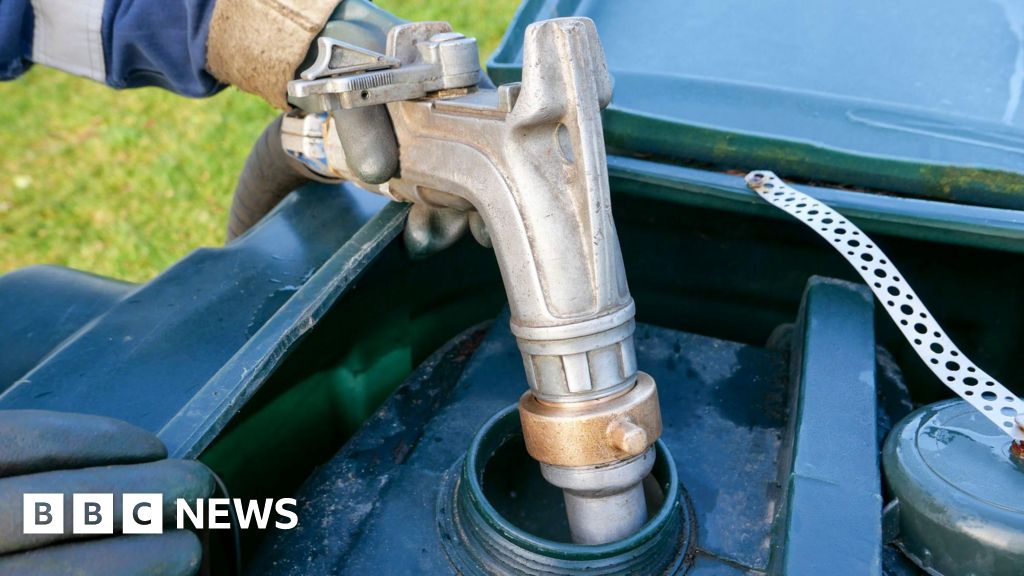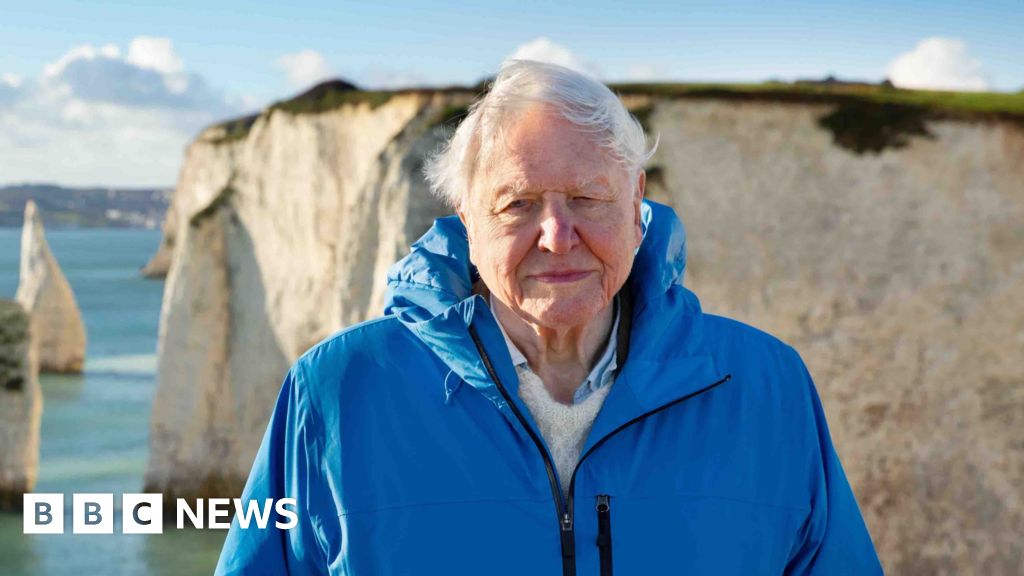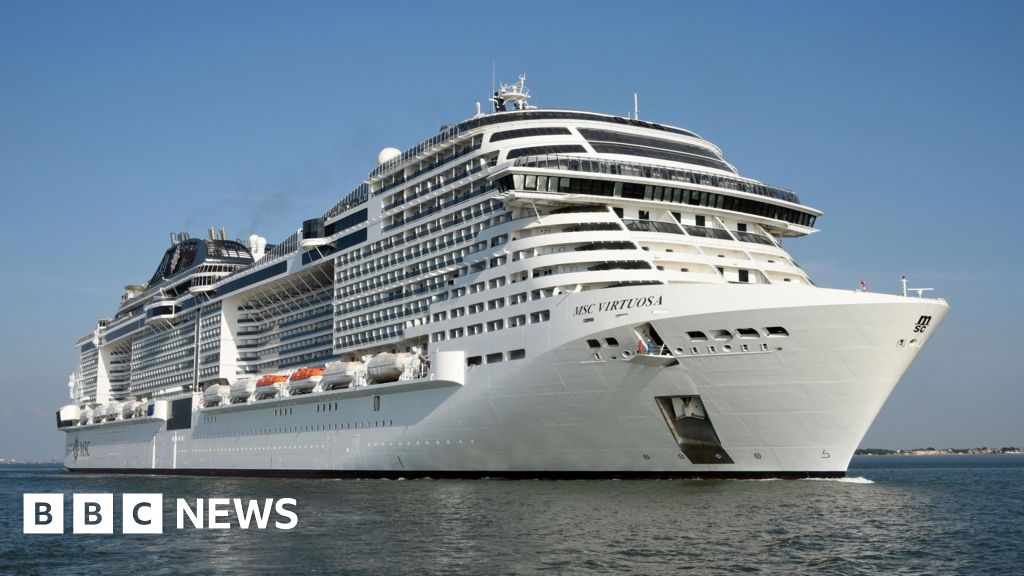Laura Devlin reported from Norfolk for the BBC News, shedding light on a decaying shipwreck that has captivated the north Norfolk coast for 80 years. The SS Vina, while alluring to adventurers, transforms into a death trap during high tide, as evidenced by a tragic incident last summer. With a call for increased safety measures from a coroner, the BBC delves into the history of the wreckage and the peril of getting too close.
Initially constructed in Scotland at the close of the 19th Century, the SS Vina functioned as a cargo vessel shuttling between England’s east coast and the Baltic. Dr. Harry Bennett, a World War Two history expert from the University of Plymouth, described it as obsolete as a merchant ship at the onset of the conflict. In 1940, the vessel was outfitted with concrete and explosives before being positioned as a blockade in a Norfolk port. Following the cessation of the invasion threat, it was solicited by the Ministry of War Transport for target practice by the RAF in preparation for D-Day.
The treacherous allure of exploring the SS Vina stems from the rapidly shifting sands, tides, currents, and channels surrounding the wreck. Despite the National Trust’s explicit warnings regarding the hazardous nature of both the tides and the vessel, visitors are tempted to venture over to the corroded remnants during low tide, only to risk becoming stranded as the waters envelop the site when the tide turns. Tragically, last summer saw Raymond Mills succumb to the ocean’s embrace while inspecting the wreck, highlighting the grave dangers of underestimating nature’s power.
Local residents of Brancaster weighed in on the recurring trend of daring explorers risking their safety for a glimpse of the SS Vina. While some recognize the inherent risks and advocate for caution, others acknowledge the longstanding tradition of visitors defying the warnings to approach the wreck. Aerial photographer John Fielding emphasized the peril of setting foot on the wrecked vessel, illustrating how the incoming tide swiftly isolates unsuspecting onlookers. Efforts to determine responsibility for managing the site and enhancing safety continue, as authorities aim to prevent further tragedies while preserving the remnants of this wartime relic
Read the full article from The BBC here: Read More













